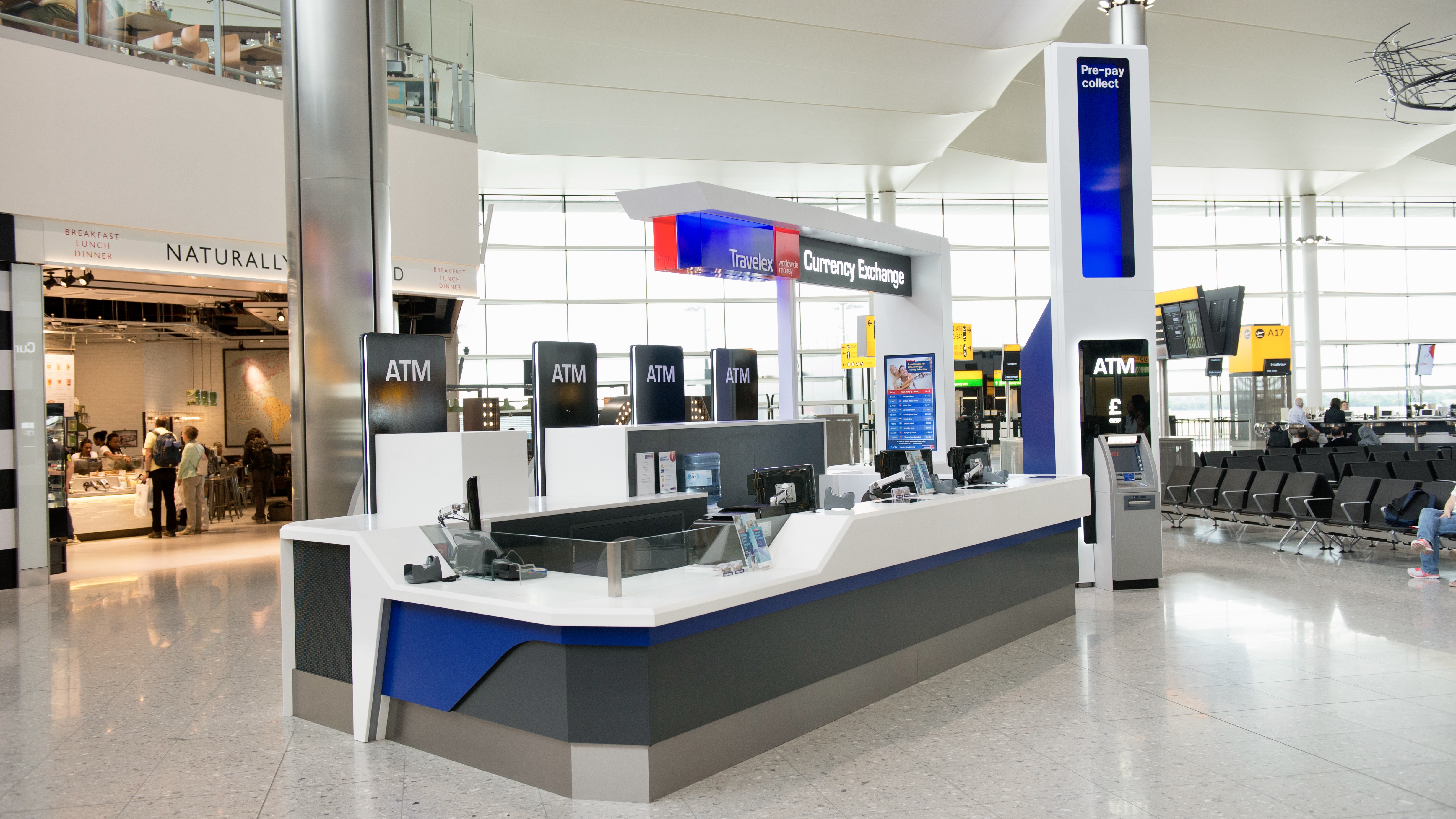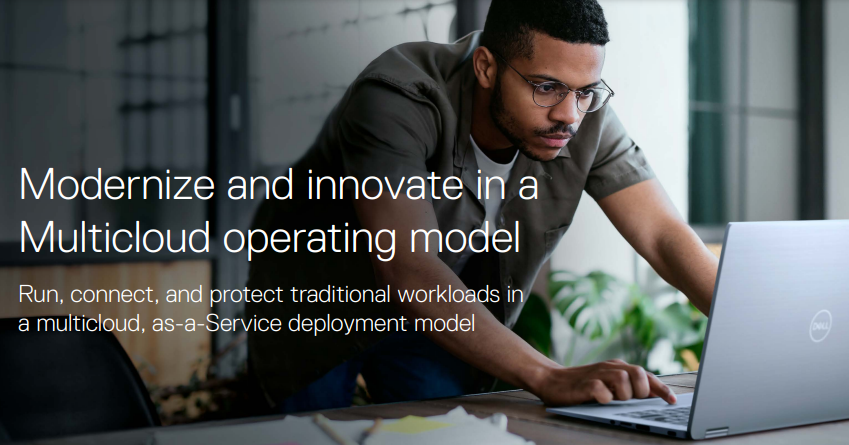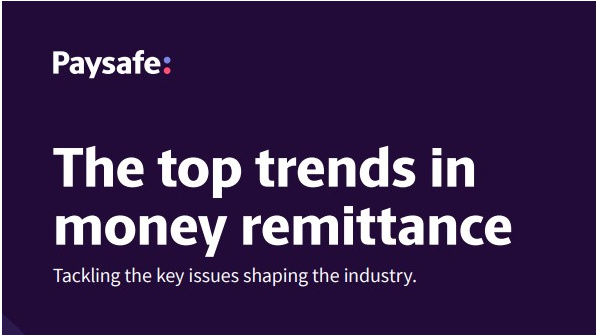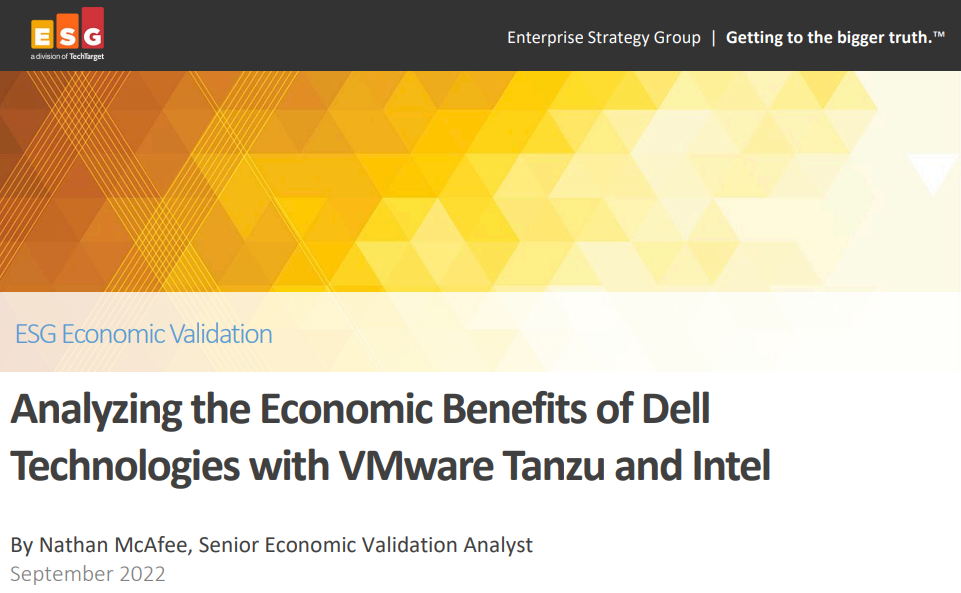How Travelex exchanged brick and mortar for open architecture on its road to the cloud
The foreign exchange firm created its own development platform and overcame regional challenges in its wide-reaching cloud migration project


Travelex has embarked on widespread digital transformation efforts in recent years. Known as a traditional brick-and-mortar money exchange, it’s put effort into transferring services online where possible and retiring physical locations in favour of web services such as customer service chatbots.
The foreign exchange firm trades in over 50 countries, in more than 80 currencies. Its widespread physical presence in airports around the world has led to it becoming a household name for travel money. It also made headlines in 2020 after falling victim to a catastrophic cyber attack, later identified as ransomware.
In recent years, however, it’s embarked on a worldwide mission to move to the cloud, swapping the traditional exchange experience for smart cloud processes, and embracing all the flexibility that comes with it.
Why has Travelex migrated to the cloud?
“It’s about driving business agility,” Travelex’s global IT director Hans van der Waal tells IT Pro. The massive digital transformation project has been in play since 2018, with van der Waal at the helm throughout its lifespan.
“Can we create architecture where we’re faster in developing and connecting new solutions in there? Can we open up our technology and open up our architecture, so we can connect in third-party solutions, develop new features much faster, and also use our data in a much more agile way? These are the opportunities: speed to market, flexibility, and becoming more data driven.”
For van der Waal, efficiency gains and data-driven insights have been a core benefit of Travelex’s transformation strategy. It’s not just a case improving the online presence for convenience, but improving operations on an analytical level the average customer may not even consider.
“You see generally that data consumption is growing, and to a degree that’s also a benefit. So we definitely get data in itself from how we do with customers, how we transact with them and when, and how, and where. That helps us to better understand customer behaviour, and to balance predicting where we should be, at what point in time, to serve our customers in the best possible way.”
Get the ITPro daily newsletter
Sign up today and you will receive a free copy of our Future Focus 2025 report - the leading guidance on AI, cybersecurity and other IT challenges as per 700+ senior executives
Van der Waal recognises this journey would have been nothing without a long-term plan in place, and future-proofing was a necessary part of this. “We developed something called the integration framework,” he says. “Integration is a key thing in agility and transformation, that you’re able to connect services, platforms, systems and third-party systems.”
How Travelex tapped into AWS
Together with AWS, Travelex developed a flexible, serverless platform based in AWS Lambda that van der Waal says can “connect anything with anything”. He gives the example of replacing a finance system with a SaaS-based third-party solution, stating the platform would allow for this to be connected within the Travelex estate using AWS’ Middleware.
Public cloud has clearly been a cornerstone of Travelex’s digital transformation strategy, with the scale of companies such as AWS helping bolster its cloud ambitions while not providing what van der Waal would call a completely “off the shelf” experience. Undergoing a cloud migration at this scale was never going to be easy, but doing so across the range of countries in which Travelex operates required careful regionalisation of cloud services.
In countries like China the company had to abide by strict government restrictions, such as the so-called ‘Great Firewall’, to shift services online to the extent that they did. “China was an interesting one because when we started we had our own China data centre, and we were running very much in-country with a China-specific solution,” van der Waal continues. “But we wanted to see whether we could also move the China operation to the cloud using AWS as our provider.”
As AWS doesn’t have a region in China, they leverage local providers such as Alibaba Cloud, which meant establishing a presence without the inbuilt solutions to which Travelex had become accustomed. Here, the firm had to carefully tailor its cloud presence, and went through four or five designs before it matched internal security standards as well as Chinese regulations. Van der Waal notes this approach has varied by territory, with no one-size fits all approach. In Qatar, for example, Travelex still runs in-country using a co-location provider.
Combining workforce and platform changes
In order to service its digital transformation ambitions, Travelex created a new development platform based on an approach of continuous integration (CI/CD).
“For our platform, we implemented things like Terraform, where we automate scripts. We also use terraform for our infrastructure as code step, for reusable scripts and to spin up environments. We also use it to apply security around our Amazon estate. We use Ansible, we use Dockers, Kubernetes – so Amazon EKS – and we’re also using the circle CI for our CI/CD platform.”
RELATED RESOURCE

Modernise and innovate in a multi-cloud operating model
Run, connect, and protect traditional workloads in a multi-cloud, as-a-Service deployment model
With the changes led by van der Waal since 2018, Travelex is now in a position where it can utilise its agile development and breadth of developer talent to expand online services as and when needed.
Creating this mature, cloud-based development platform was key to the company’s digital transformation journey, but so too has been meeting the workforce requirements given the project’s scale. It quickly became apparent that his team’s basis in Java and .NET was insufficient for the scale of the operation, and Travelex had to seek out employees skilled in the latest technologies, and programming languages like React Native and JavaScript.
To expand its talent pool, Travelex first invested heavily in India, but high competition drove the firm to search elsewhere. The firm eventually settled on the Philippines, with van der Waal relishing in the success the talent played in the firm's cloud journey. The new workforce, in particular, adjusted to the culture and language quickly, and were able to train existing staff where knowledge gaps manifested, he confirms, with upskilling and communication key to seeing projects through.
“Internally, it comes very much to taking everyone with us and driving almost from the CEO level, so that this is not something that you do just on the IT side. It needs to be embraced by everyone in the company and very much also seen as a big priority.”
How Travelex is pushing ahead with modernisation
While Travelex is moving online, the end-goal is not to remove its in-person presence entirely. Although the firm has adopted systems such as chatbots, this is in addition to maintaining call centre workers – not as a replacement for them – with many outlets still fully human-operated.
“We need to recognise our presence in our network is something we actually see as one of our key strengths,” van der Waal explains. “The fact we have a strong presence in airports, supermarkets, and other important locations where a lot of travellers are passing by is something that allows us to have interactive conversations with customers.
“It also represents our brands, in a way you can excel on a personal experience, plus allows us to do cross-selling where possible. So just saying, ‘well everything needs to be digital and online through chatbots’ probably wouldn't be part of our strategy.”
Going forward, he's targeting even more modernisation across Travelex’s internal environment. He acknowledges, underneath the surface, some cloud applications have been largely unchanged from when they were running on Travelex’s own data centre.
He'd expected it would be possible to hand the code over to a third party for modernisation, and to render them capable of better handling cloud data, but there aren’t many providers that can actually do this.
“That’s something that we discovered when doing this. It very much comes down to a more case-by-case approach where a lot of the modernisation actually goes into rebuilding applications. It’s a bit of an enlightenment that came to us from all this.”
This isn’t a problem unique to Travelex. Counterparts in other organisations including CIOs and IT directors have struggled with this, particularly in organisations with decades of legacy architecture on their backs.
“Building new stuff in the cloud is fantastic, if you apply architecture and design principles, use more service-oriented architecture and API connectivity, scalability and orchestration with Kubernetes. It’s getting your legacy systems to benefit from that cloud technology – that’s a very painful process.”

Rory Bathgate is Features and Multimedia Editor at ITPro, overseeing all in-depth content and case studies. He can also be found co-hosting the ITPro Podcast with Jane McCallion, swapping a keyboard for a microphone to discuss the latest learnings with thought leaders from across the tech sector.
In his free time, Rory enjoys photography, video editing, and good science fiction. After graduating from the University of Kent with a BA in English and American Literature, Rory undertook an MA in Eighteenth-Century Studies at King’s College London. He joined ITPro in 2022 as a graduate, following four years in student journalism. You can contact Rory at rory.bathgate@futurenet.com or on LinkedIn.
-
 Should AI PCs be part of your next hardware refresh?
Should AI PCs be part of your next hardware refresh?AI PCs are fast becoming a business staple and a surefire way to future-proof your business
By Bobby Hellard Published
-
 Westcon-Comstor and Vectra AI launch brace of new channel initiatives
Westcon-Comstor and Vectra AI launch brace of new channel initiativesNews Westcon-Comstor and Vectra AI have announced the launch of two new channel growth initiatives focused on the managed security service provider (MSSP) space and AWS Marketplace.
By Daniel Todd Published
-
 Better together
Better togetherWhitepaper Achieve more with Windows 11 and Surface
By ITPro Published
-
 Transforming the enterprise
Transforming the enterpriseWhitepaper With Intel and CDW
By ITPro Published
-
 The top trends in money remittance
The top trends in money remittanceWhitepaper Tackling the key issues shaping the money remittance industry
By ITPro Published
-
 How Kantar revamped its IT infrastructure after being sold off
How Kantar revamped its IT infrastructure after being sold offCase Study Being acquired by a private equity firm meant Kantar couldn’t rely on its parent company’s infrastructure, and was forced to confront its technical shortcomings
By Rene Millman Published
-
 Deutsche Bank wraps up Postbank IT integration after bug-laden migrations
Deutsche Bank wraps up Postbank IT integration after bug-laden migrationsNews The IT merger is expected to generate annual savings of €300 million by 2025
By Daniel Todd Published
-
 Analyzing the economic benefits of Dell Technologies with VMware Tanzu & Intel
Analyzing the economic benefits of Dell Technologies with VMware Tanzu & IntelWhitepaper ESG economic validation
By ITPro Published
-
 Defra needs £726 million to modernize pervasive legacy IT issues
Defra needs £726 million to modernize pervasive legacy IT issuesNews A significant portion of IT systems are reportedly still in extended support or are fully unsupported
By Ross Kelly Published
-
 Former TSB CIO fined £81,000 for botched IT migration
Former TSB CIO fined £81,000 for botched IT migrationNews It’s the first penalty imposed on an individual involved in the infamous migration project
By Ross Kelly Published